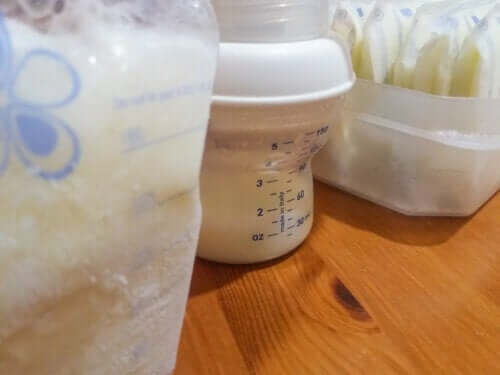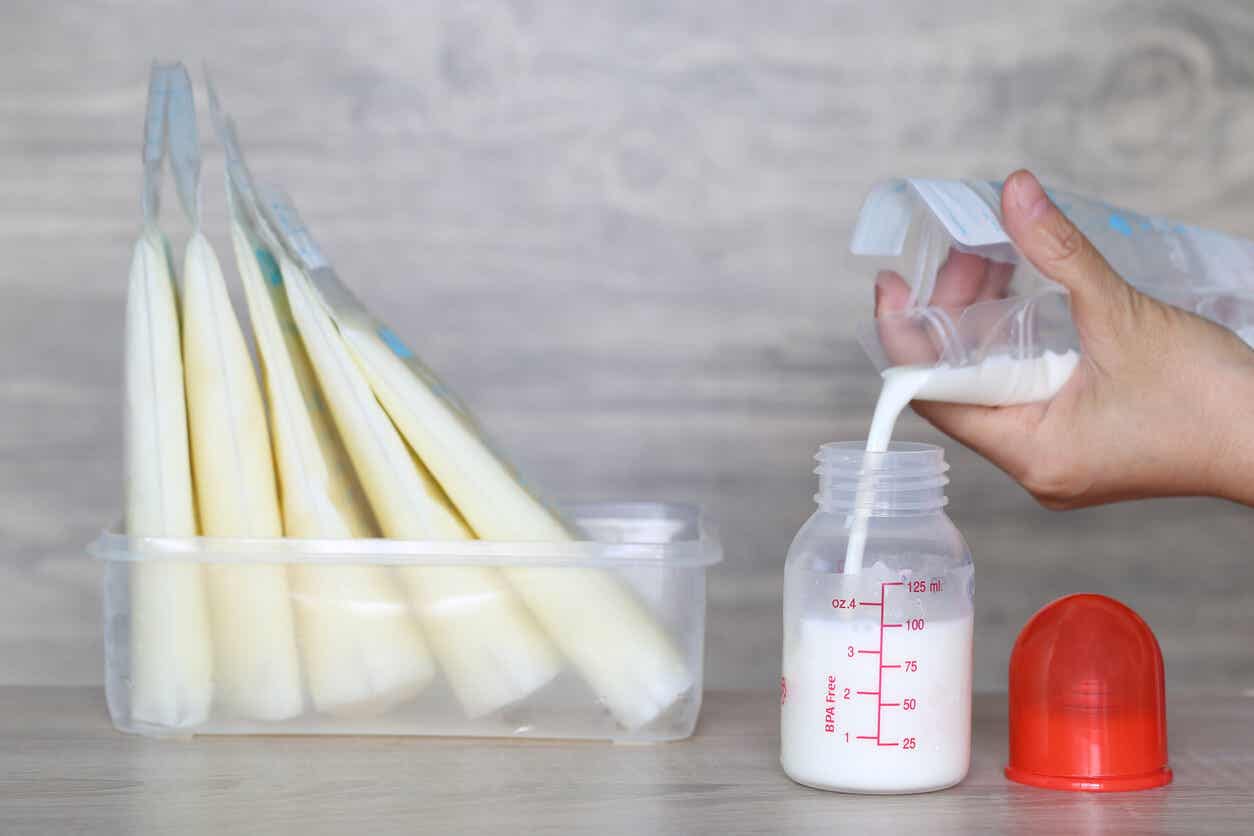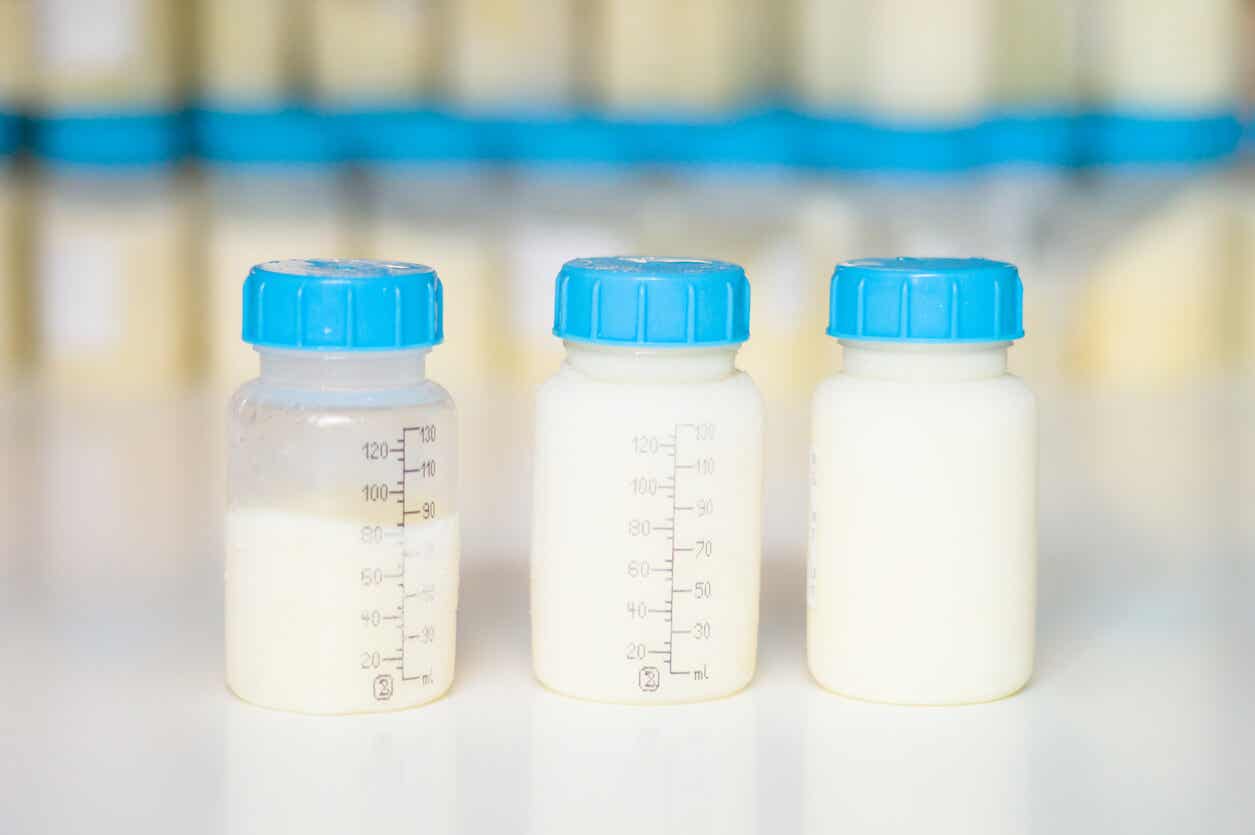Best Breast Milk Storage Containers
If you need to pump your breast milk, then you need to read the following article about the best breast milk storage containers.

Whenever mothers have to pump their breast milk to feed their babies whenever they’re not around, they need to store it somewhere safe. This’s why, in the following article, we’ll talk about the best breast milk storage containers.
Nowadays, there are many special containers to store breast milk available on the market. For example, you can find plastic containers or breast milk storage bags. However, you can also find containers that were not specially designed to store breast milk, but you can still use them for that purpose.
Special breast milk storage containers
These containers have been specially designed to store breast milk. Therefore, they meet all quality standards. In fact, there are many different brands that produce special breast milk bags and containers.
Breast milk storage bags
Breast milk storage bags are a very useful way to store milk properly. Besides, they come with a special section to write down the date when you pumped it. Furthermore, another advantage is that they don’t take up a lot of space in the freezer.

An important thing to bear in mind is that you can use these bags only once. Therefore, you’ll have to keep buying them as long as you continue to pump. The brands that mothers prefer the most are Medela and Phillips Avent.
Breast milk bottle-type containers
Breast milk bottle-type containers usually adapt to breast pumps of the same brands. This allows you to store breast milk in the fridge or freezer very easily, without having to pass it from one container to another.
Furthermore, they’re recyclable and easy to close in order to prevent milk from spilling over. Remember to buy containers of the same brand as the breast pump you use. This is because most breast pumps don’t accept containers from other brands.
These special breast milk containers tend to be more expensive than those which aren’t specially designed for this purpose.
Other containers to store and preserve breast milk
As we’ve mentioned before, there are many containers you can use to store your breast milk, even though that’s not their main purpose. However, in order to use them, they should meet certain criteria.
Plastic containers
First of all, they should be food storage containers. In other words, every food storage container must be food safe. The symbol you must find on the containers is a fork and a spoon. If you find it, it means that the plastic used to make it is safe and free from Bisphenol A and other toxic products. If you can’t find this symbol in the container, then you shouldn’t use it to store your breast milk.
Glass or crystal containers
Glass or crystal containers are suitable food storage containers. Besides, you can recycle and sterilize them. What’s more, you can store them easily in the freezer or fridge. Always remember to write down the pump date.
An important thing to take into account is the storage container lids. They’re usually made of metal, so they can rust in time. Remember that you should get rid of rusty lids.

Another important tip you should follow is to choose a container with a wide mouth. This will help you clean it more easily and avoid milk leftovers, which can become contaminants. Besides, there’s no need to sterilize them every time you use them. Instead, you can wash them with water and soap.
Urine test cups aren’t suitable for storing and preserving your breast milk
Some mothers still think they can use urine test cups to store their breast milk. However, this is a dangerous myth.
Because of their size and price, they would be a great choice. But, if you take a close look at the containers, you won’t find the symbol that states they’re food storage containers. Therefore, you should never use them. Besides not being food storage containers, manufacturers sterilize them using toxic products, which are not suitable for consumption.
In conclusion, we hope you find this information useful whenever you have to choose the best option to store and preserve your breast milk.
